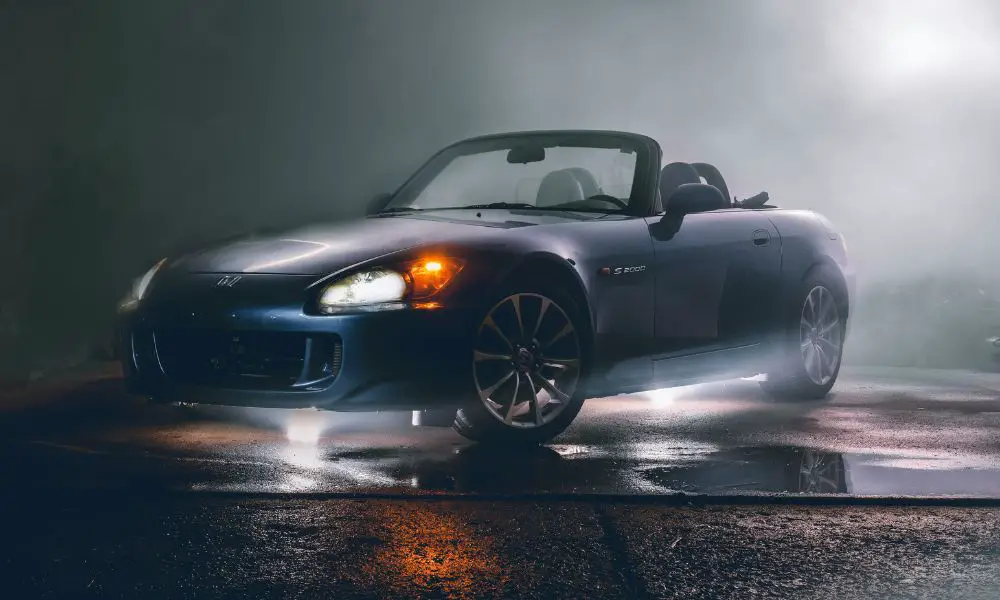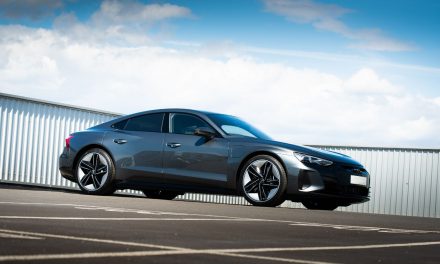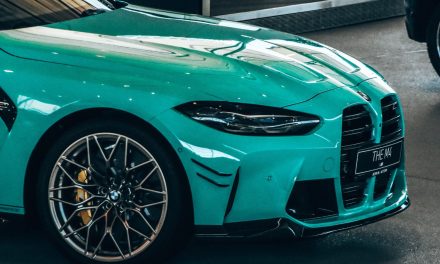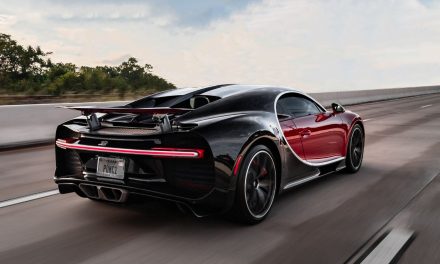What are frameless car windows? Most vehicles seen on the road have solid doors where the window has a complete frame to encase it when raised all the way up. This provides stability and helps to give your cabin a proper seal, keeping moisture out. It also gives your car a more finished look with safety in mind.
However, why do some cars not include this feature in their design? A manufacturer may leave out a window frame for a couple of reasons. It could be for cosmetic purposes to give their product a different aesthetic that’s more pleasing to the eye. Often, they make this decision based on the function of convertibles. A soft-top roadster wouldn’t look as slick with the top pulled back, windows down, and the door frames sticking out like a sore thumb.
Jump to:
Upsides of Frameless Windows
In the past, they have been notorious for not sealing as well as framed windows. However, as modern technology improves, this has become less of an issue with the more advanced cars in today’s market.
Some are designed to be raised up into the ceiling farther than before to combat this problem.
Other vehicles with frameless windows now have a unique feature called a short drop. This activates when you open the door by rolling the window down slightly and raising it back up as you close the door.
As for convenience, most owners say it makes getting in and out of their cars with the windows down much more accessible.
Downsides to Frameless Windows
Frameless windows do have several drawbacks. They often allow for more road noise when traveling at higher speeds.
In colder climates, they are more susceptible to having pieces of ice slip inside the door. This can cause window motor shorts and a handful of other electrical problems. Owners often complain of the stress it puts on the glass when shutting the doors as they are not secured inside a frame.
The jarring motion of a slamming door can knock them off track. This can be a relatively easy fix and is not known to happen frequently, but it is still frustrating when it does occur.
Standard vehicles with frameless windows
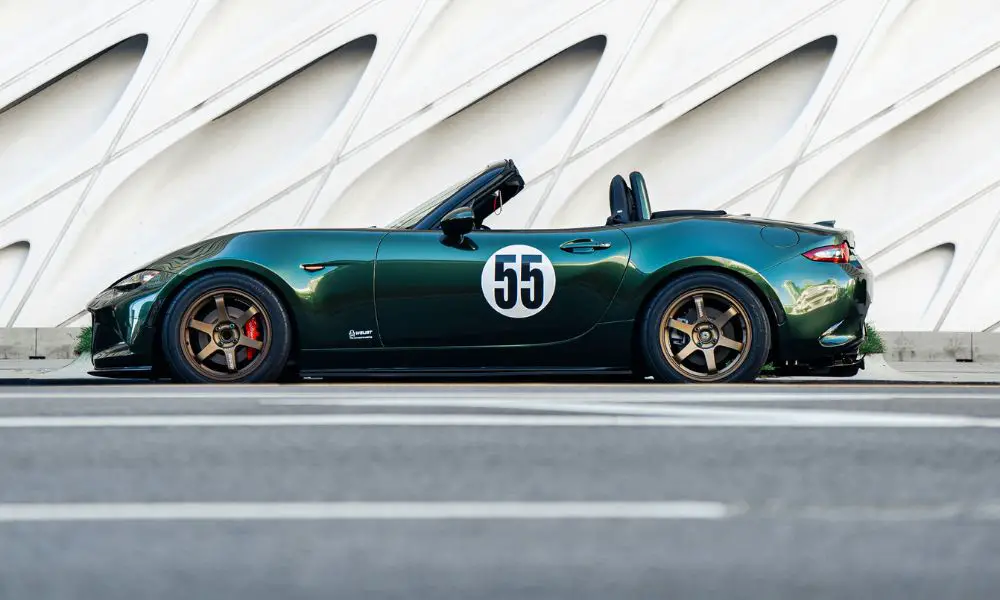
One standard vehicle with frameless windows, which is one of my favorite vehicles, is the Toyota Celica! I have owned quite a few of these, all with the frameless windows. I didn’t have any issues and really enjoyed the frameless window design.
Another car I owned that utilized frameless windows was an Audi TT. This wasn’t the convertible version, but the hardtop, and it came with frameless windows. Again, I very much enjoyed it, and had no problems! It seems I have had quite a few cars with this feature.
As for groups of cars, convertibles are by far the most popular vehicles with frameless windows. Whether soft or hardtop, convertibles are made for something in particular. They are supposed to make you feel as close to the open road as you can on four wheels and stand out in the crowd.
Window frames would be counterproductive to these goals as they would interfere with the sleek and hip appearance of the vehicle.
Frequently Asked Questions
Are frameless windows more expensive?
For the most part, frameless car windows are a more expensive option for a vehicle. More development cost is needed to ensure that the windows will roll up for years to come and not break, as they don’t have nearly as much structure to help them stay sturdy.
How do you tint a frameless window?
Tinting frameless windows is no different to do than framed windows, and actually is more accessible due to being able to access 3 sides of the window with no obstruction, instead of just a single side like a standard framed window.
Can you convert a framed car window to a frameless one?
While anything is possible, generally speaking, you cannot convert a car with framed windows to frameless ones.
Conclusion
The most common reason manufacturers produce cars with frameless windows is for cosmetic reasons. Higher-end luxury cars and convertibles are the two most likely candidates to have them installed. Still, in some cases, they are available for after-market modifications.
The internet and car forums have a primarily negative opinion on the feature. Yet, there are still countless owners out there who swear by them.

